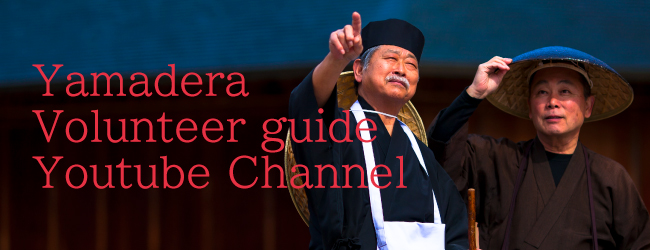Ink Bamboo Painting Kitamuki Unchiku Early Edo Period (17th-18th century) Yamadera Basho Memorial Museum Collection
 Ink Bamboo Painting
Ink Bamboo Painting
Kitamuki Unchiku
Early Edo Period (17th-18th century)
Yamadera Basho Memorial Museum Collection
In 1513, Senchuwa (pen name “Tekkan Dojin”), an artist and calligrapher in Ming Dynasty China, wrote a shichigon-zekku poem (a Chinese poem of four lines, each with seven characters) in honor of the Japanese Zen priest Jitsunyo. Senchuwan also painted an ink bamboo painting to accompany his poem, and the work shown here is a copy of his painting and poem by Basho’s disciple Kitamuki Unchiku. Unchiku was a skilled calligrapher who was known for his ink paintings of bamboo, and it is believed that he may have been Basho’s calligraphy teacher.
The approximate meaning of Senchuwa’s commentary and poem is as follows:
I offer this poem in honor of the venerable old Jitsunyo who lives in the Yamashina region of Kyoto in Japan.
His reverence is a man of great virtue.
He is not only a priest, but a scholar and much more.
His heart encompasses all that is good under the sun.
The life he leads is as upright as the empty hollow of the bamboo stalk.
